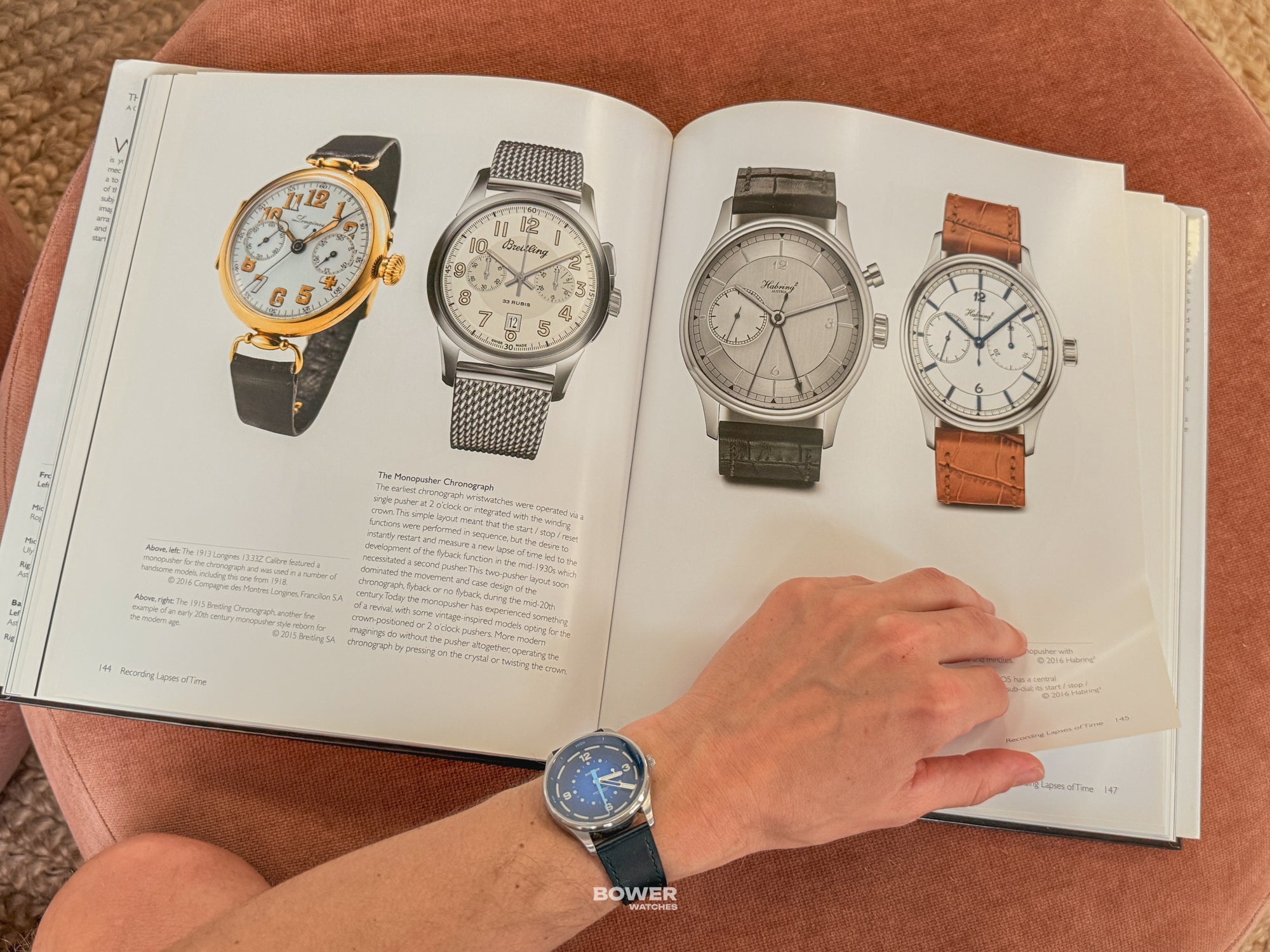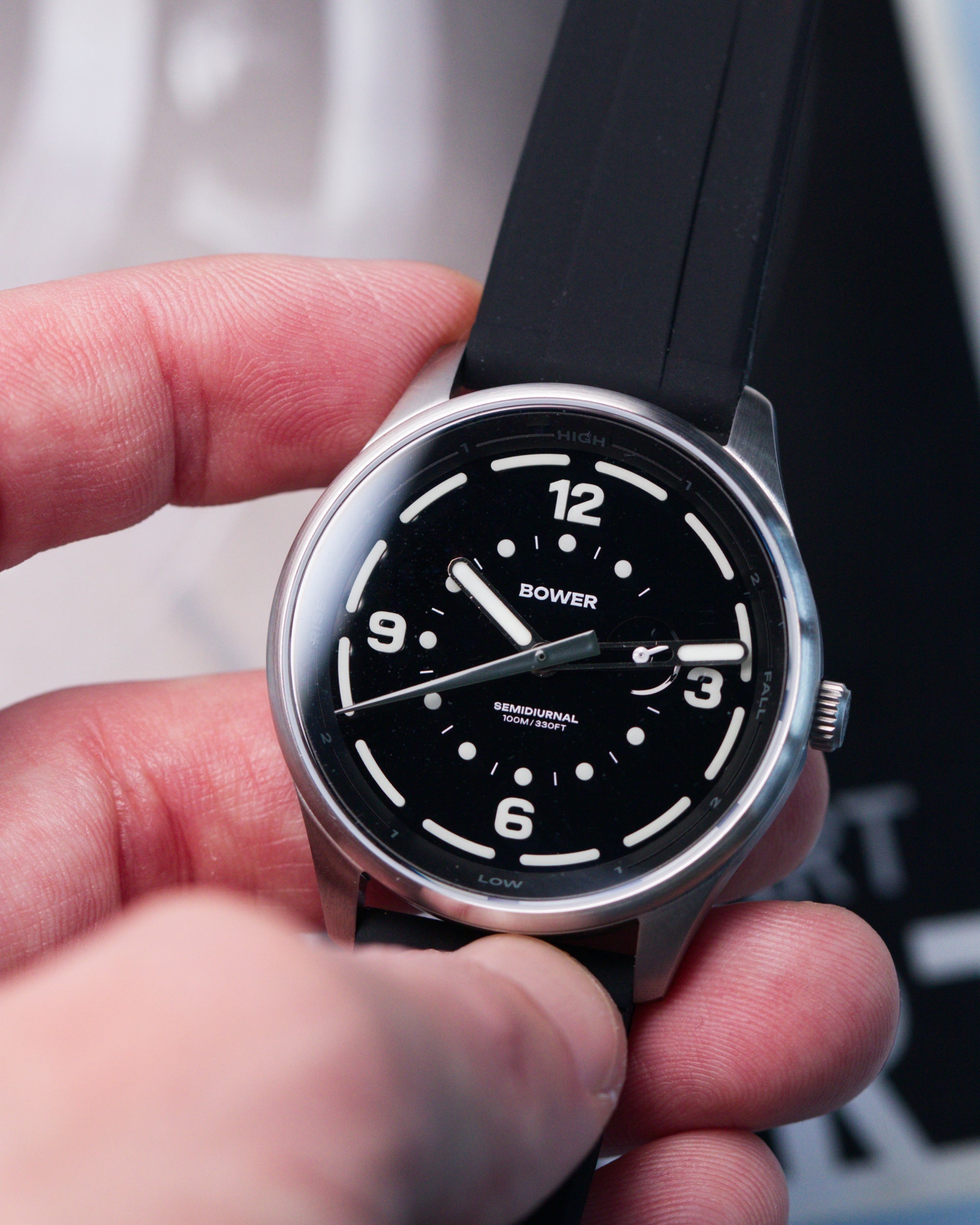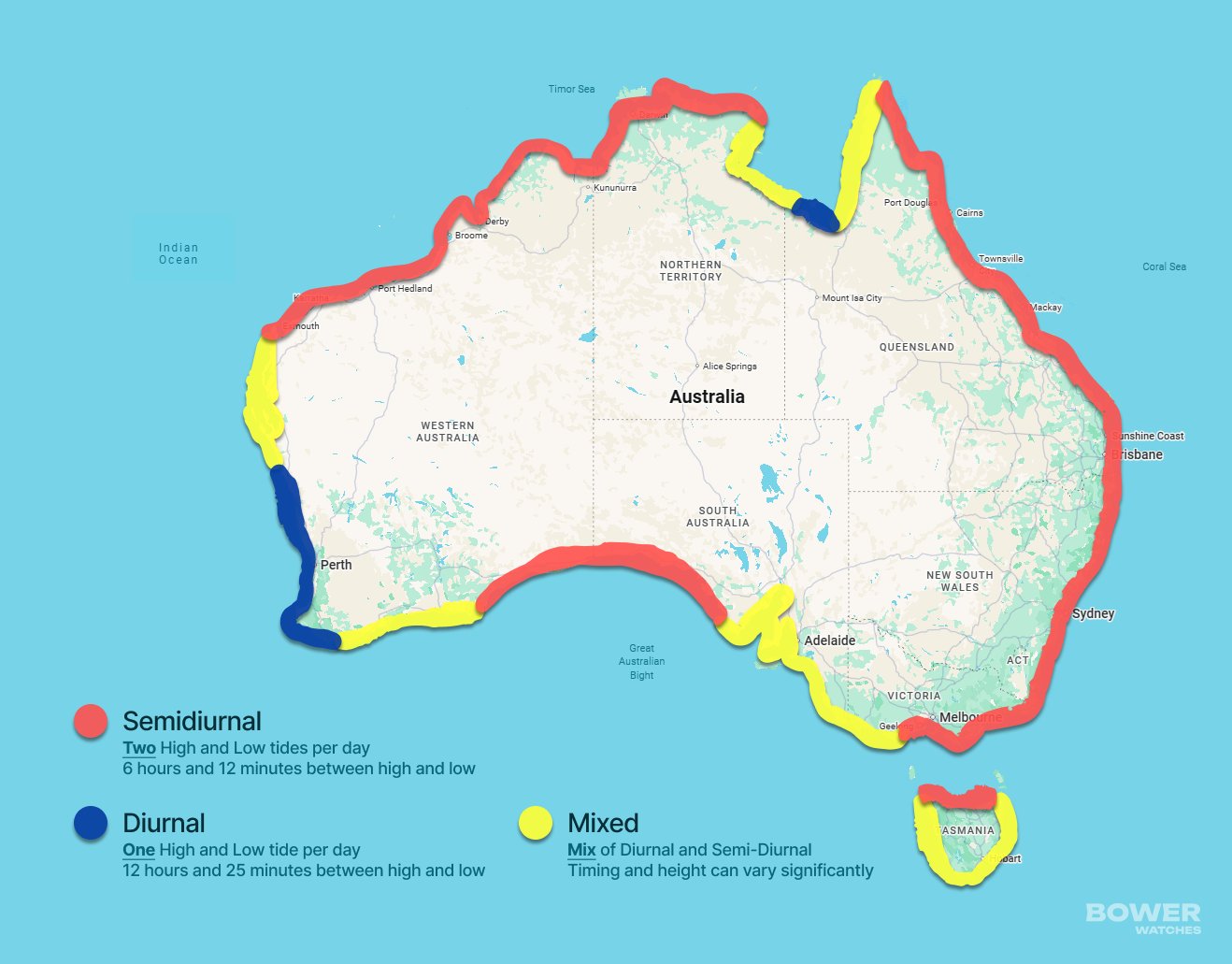Tides are the daily rise and fall of sea levels, primarily caused by the gravitational pull of the Moon and the Sun. While many of us observe tides at the beach or during boating, few realise that not all coastlines experience tides in the same manner.
What Are Tides?
Every day, the ocean "breathes," rising and falling in a predictable rhythm. This phenomenon occurs because the Moon, along with the Sun to a lesser extent, exerts a gravitational pull on Earth's oceans as it orbits. However, the intensity and timing of this rhythm can vary depending on your geographical location.

Australia’s coastline experiences three main tidal types, depending on location
Semidiurnal Tides – The Most Regular Rhythm
- Where: Most of the east coast (Brisbane, Sydney, Melbourne), parts of the northwest, and Tasmania.
- What Happens: Two high tides and two low tides each day.
- Timing: Fairly regular, about every 6 hours and 12 minutes between high and low tides.
- Why It Matters: Great for beachgoers and fishers, because it’s predictable. Our Tide Seeker makes keeping track of these tides a breath.
Diurnal Tides – Once a Day
- Where: Around the southwest coast, including near Perth, and parts of the Gulf of Carpentaria.
- What Happens: Only one high tide and one low tide per day.
- Timing: Roughly every 12 hours and 25 minutes between changes.
- Why It Matters: This is the least common pattern globally. But, it exists in pockets of Australia due to ocean geography.
Mixed Tides – The Wild Card
- Where: Parts of northern Australia, sections of the southern coast, and around Tasmania.
- What Happens: Still two high and two low tides per day. But, they don’t match in height or always occur at even intervals.
- Timing: Can vary from day to day.
- Why It Matters: Trickier to plan around. One high tide might be much higher than the other, or come at odd hours. Always check a day chart before heading out.

Tides are critical for coastal ecosystems and Indigenous knowledge systems that have observed and relied on tidal patterns for thousands of years. Understanding tides is also useful for:
- Planning beach trips or fishing outings
- Avoiding being stranded by a rising tide
- Marine safety
- Learning more about ocean science
Tides aren’t just background noise
They’re a powerful, ancient rhythm of our planet. And with a Tide Seeker on your wrist, you can start tuning into that rhythm yourself.




